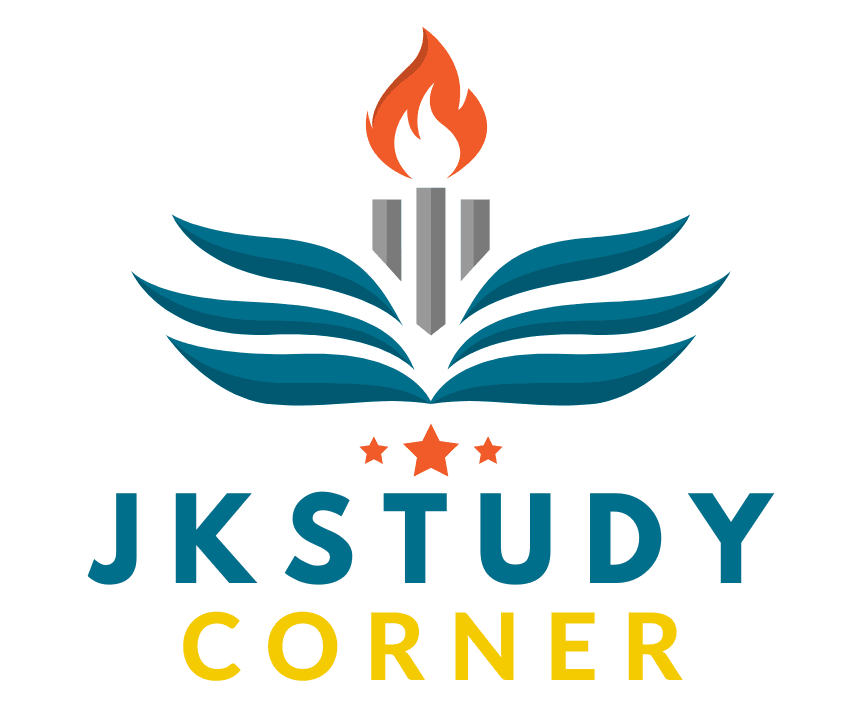Debt can often feel like a mountain that’s impossible to climb. With balances across credit cards, loans, and other financial obligations, it’s easy to feel overwhelmed and unsure of where to start. That’s why the debt snowball method is such a game-changer. This strategy helps you tackle your debt in a structured, motivational way, transforming the overwhelming process into a series of small, manageable wins.
If you’re ready to become debt-free and take control of your finances, this guide will show you exactly how to implement the debt snowball method.
What Is the Debt Snowball Method?
The debt snowball method is a highly effective way to eliminate debt by focusing on small victories. Here’s how it works:
- You list all your debts in order from smallest balance to largest, regardless of the interest rate.
- Pay the minimum amount due on every debt except for the smallest one.
- Put as much extra money as you can toward the smallest debt, “attacking” it with full force.
- Once you’ve paid off the smallest debt, roll the money you were using to pay it down into the next smallest debt. Repeat this cycle until all your debts are gone.
The idea behind this method is to give you quick, psychological wins. Paying off small debts one by one builds momentum and motivation, much like a snowball growing larger as it rolls downhill.
Step-by-Step Guide to Using the Debt Snowball Method
If you’re ready to tackle your debt, follow these simple steps to get started:
1. List All Your Debts
Make a list of every debt you owe, excluding mortgages. Include credit card balances, personal loans, car loans, medical bills, and any other financial obligations. Don’t worry about interest rates just yet; focus solely on the total balance.
For example:
- Credit Card A: $500
- Personal Loan: $2,000
- Credit Card B: $5,000
- Auto Loan: $10,000
2. Organize by Smallest to Largest Balance
Once you’ve listed all your debts, reorder them from smallest to largest total. The smallest balance is where you’ll direct your focus, so place this at the top of your list.
Example:
- $500 (Credit Card A)
- $2,000 (Personal Loan)
- $5,000 (Credit Card B)
- $10,000 (Auto Loan)
3. Budget for Minimum Payments on All Debts
Ensure you’re meeting the required minimum payments on all debts to avoid defaults, late fees, or penalty APRs. This may require tightening your budget temporarily, but it will prevent unnecessary complications later on.
4. Attack the Smallest Debt
Now that you’ve identified your smallest balance, pour every available dollar into paying it off. This is where you can get creative. Consider redirecting any “extra” money toward this debt, such as:
- Bonus income or tax refunds
- Savings from cutting non-essential expenses
- Selling unused items online
Every dollar counts, so funnel as much as possible toward that first debt.
5. Celebrate Your Win!
When you pay off your first debt, take a moment to celebrate. Reward yourself with something small (and budget-friendly). This win is what makes the snowball method so effective; it motivates you to keep going.
6. Repeat and Gain Momentum
Once you’ve eliminated your smallest debt, roll those payments into the next one on the list. For example, if you were paying $100 toward Credit Card A, you’ll now take that $100 and add it to the minimum payment you were already making on the next debt. With each debt you knock out, your payments toward the remaining balances will grow larger, creating a “snowball effect” of financial progress.
Success Stories From the Snowball Method
The snowball method has helped countless people regain control of their finances and achieve financial freedom. Here are a few inspiring examples:
- Rachel K. started with $20,000 in credit card debt. Using the snowball method, she paid off her smallest $500 balance within just two months. That initial victory sparked the confidence for her to continue, and she became completely debt-free in under two years.
- Jason and Molly T. had five separate loans, totaling $45,000. By focusing on chipping away at their $700 medical bill first, they gained momentum. They stayed motivated and managed to pay off all their debts within three years, even while saving for a home down payment.
- Tom S., a single father, used the snowball method to tackle $15,000 in debt. This approach gave him the confidence to stay disciplined, and he eventually paid off his debts in full, all while setting an example of financial responsibility for his kids.
Pros and Cons of the Debt Snowball Method
While the debt snowball method has helped many people, it’s important to understand both its advantages and potential drawbacks.
The Pros
- Psychological Wins: Paying off small balances quickly boosts confidence and keeps you motivated.
- Simplified Strategy: Focusing on one debt at a time reduces overwhelm.
- Behavioral Momentum: You’ll feel more in control as your financial burdens decrease.
The Cons
- Higher Interest Costs: Because this method doesn’t prioritize debts with high interest rates, you may end up paying more in interest over time compared to methods like the debt avalanche.
- Requires Discipline: Consistently redirecting all extra funds toward debt repayment can feel restrictive in the short term.
Ultimately, the debt snowball method prioritizes motivation over financial mathematical precision. It works best for people who need extra encouragement to stay on track.
Start Your Debt-Free Journey Today
Managing debt can be overwhelming, but the debt snowball method offers a proven formula to make it achievable. By gaining small wins early on, you’ll build the momentum and confidence to take on even your largest financial challenges. With discipline, focus, and a clear plan of action, you can transform your financial outlook and achieve the debt-free life you desire.
Why wait? Start writing down your list of debts today, and take the first step toward freedom from financial stress.
